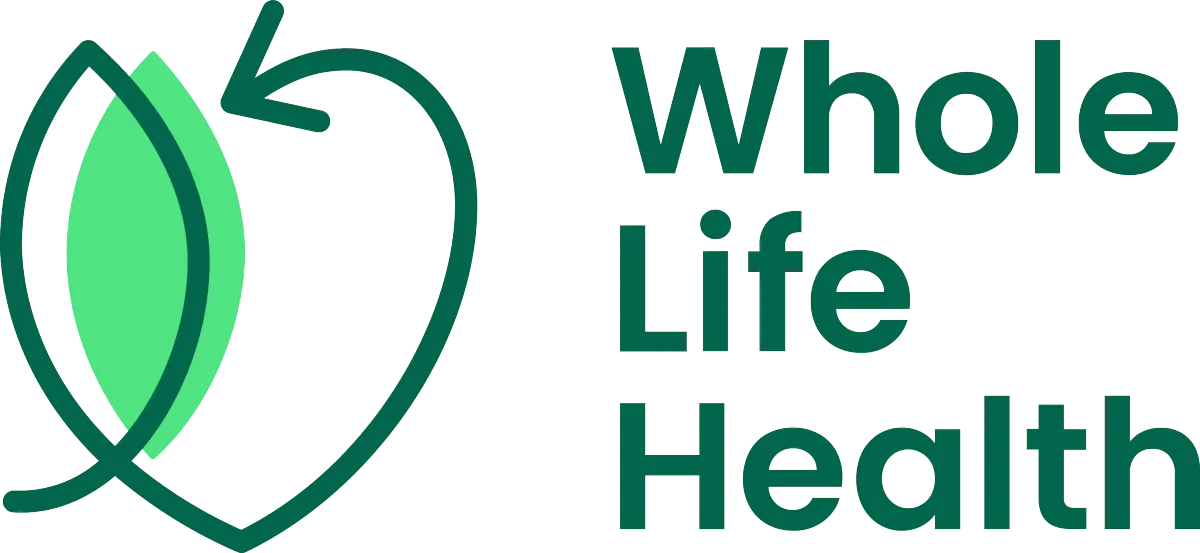
Whole Life Health Nutrition Report
If you don't want to measure your food, you could try the hand portion method instead. Approximating your intake this way is reasonably accurate and is often quicker.
The hand portion method can also be a useful tool for planning what to include in your meals. It can provide you with an easy-to-use framework to help you make more balanced decisions at meal times.
Hand Portions
For this method, you use parts of your hand to gauge the size of your portions and your macros intake.
Protein
A portion of protein is about the size and thickness of your palm. You need about palm-sized portions per day.
Vegetables
A portion of non-starchy vegetables is about the size of your fist. You need about 4 to 6 fist-sized portions per day.
Carbohydrates
A portion of carbs is about the size of your cupped hand. You need about about cupped handfuls per day.
Fats
A portion of fats is about the size of your thumb. You would need about thumb-sized portions per day.
When using this method, food should, in general, only be counted towards one category. Hand portions are used when plating your food, not cooking it.
A few important notes about this method...
When you look at the label, you will see that most foods are made up of a combination of all three macronutrients, not just one. To decide which category to count a portion of food towards, see which macronutrient contributes the most calories to that food.
For example, if protein contributes the most calories to that food, count it as a 'protein' food (even if it contains some fats and carbs). If carbohydrates contribute the most calories, count it as a 'carb' food (even if it contains some protein and fats, etc). The same goes for fats.
The exception to this rule is if a portion of food, such as processed foods, is particularly high in both carbs AND fats (such as cookies, potato chips, and ice cream). In that case, it would be counted towards both categories (eg, one portion of chips would be counted as both one cupped hand of carbs and one thumb-sized portion of fat).
There will be the odd food here and there that is very mixed in terms of macronutrients. The trick here isn't to overthink the details but to just establish the approach you want to use and then be consistent in that approach. That way, if you ever want to make adjustments, you’ll be able to make changes that are relative to your current intake.
It's also worth bearing in mind that none of these methods focusses on food quality and nutrient density. It also completely ignores the notion that there are some foods that work really well for humans generally and some that really don't. There will also be some foods that work really well for you and some that really don't. This is something I'll be introducing you to in the coming days as well as little more info about me before providing you with some 'quick wins' on nutrition but also wider habits for health and wellness.
How I Can Help
There is a big difference between knowing what you should be eating and knowing how to actually implement it...and that's where I can help. I'm an expert and can help you to achieve your goals and develop healthy habits - all in a way that is enjoyable, sustainable, and fits your lifestyle (which usually doesn't include measuring calories...)
If you would like to discuss your nutrition report and wider lifestyle, you can book a FREE 30-minute consultation. I can answer any questions you may have, talk about the goals you want to achieve, and recommend some action steps to help you to move forward.